10 Best Herbal Lotions For Rashes

Herbal lotions are natural remedies that can provide relief for various types of rashes by soothing irritated skin and reducing inflammation.
These lotions often contain ingredients like chamomile, calendula, and lavender, which are known for their anti-inflammatory and antimicrobial properties. They are particularly beneficial for individuals seeking gentle, chemical-free alternatives to traditional topical treatments. Applying a herbal lotion can help moisturize the skin and promote healing without causing further irritation.
However, it is important to perform a patch test before use to ensure there is no allergic reaction to any of the herbal components.
FREE Herb Drying Checklist
How to make sure every batch retains maximum flavor, color, and aroma without the risk of mold or over-drying. Eliminate guesswork and trial-and-error, making herb drying faster, easier, and more efficient every time.
Table of Contents
1. Aloe barbadensis
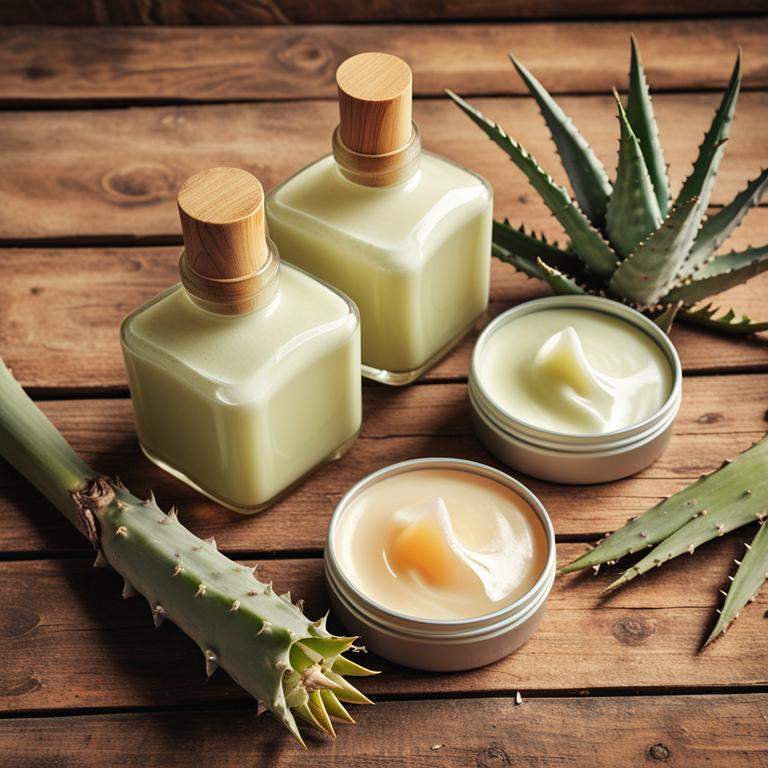
Aloe barbadensis, commonly known as aloe vera, is a natural remedy widely used in herbal lotions for its soothing and healing properties.
These lotions are particularly effective for treating rashes, as they contain anti-inflammatory and antimicrobial compounds that help reduce redness, irritation, and infection. The gel-like substance from the aloe plant provides a cooling effect, which can alleviate discomfort and promote faster skin recovery. Aloe-based herbal lotions are often preferred for their gentle formulation, making them suitable for sensitive skin and infants.
Regular application of these lotions can help prevent scarring and improve the overall texture of the affected skin.
2. Calendula officinalis
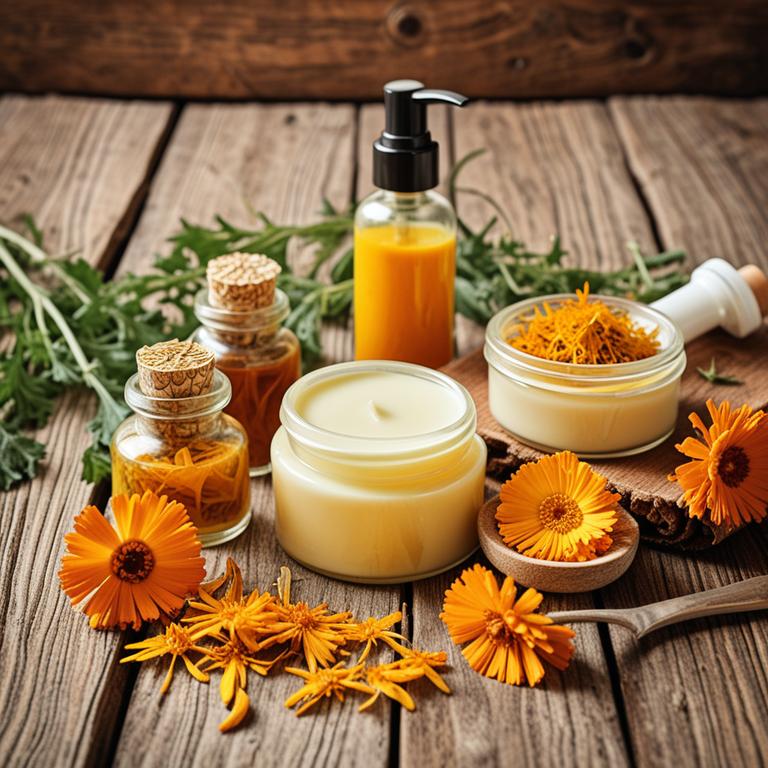
Calendula officinalis herbal lotions are widely used for their soothing and anti-inflammatory properties, making them effective for treating various types of rashes.
These lotions contain extracts from the Calendula flower, which are rich in flavonoids and triterpenes, known for their ability to reduce redness and irritation. The gentle nature of calendula makes it suitable for sensitive skin, including babies and individuals with eczema or contact dermatitis. When applied topically, calendula lotions can promote healing by enhancing skin barrier function and reducing oxidative stress.
Overall, they offer a natural and safe alternative for managing rash-related discomfort without the use of harsh chemicals.
3. Hypericum perforatum
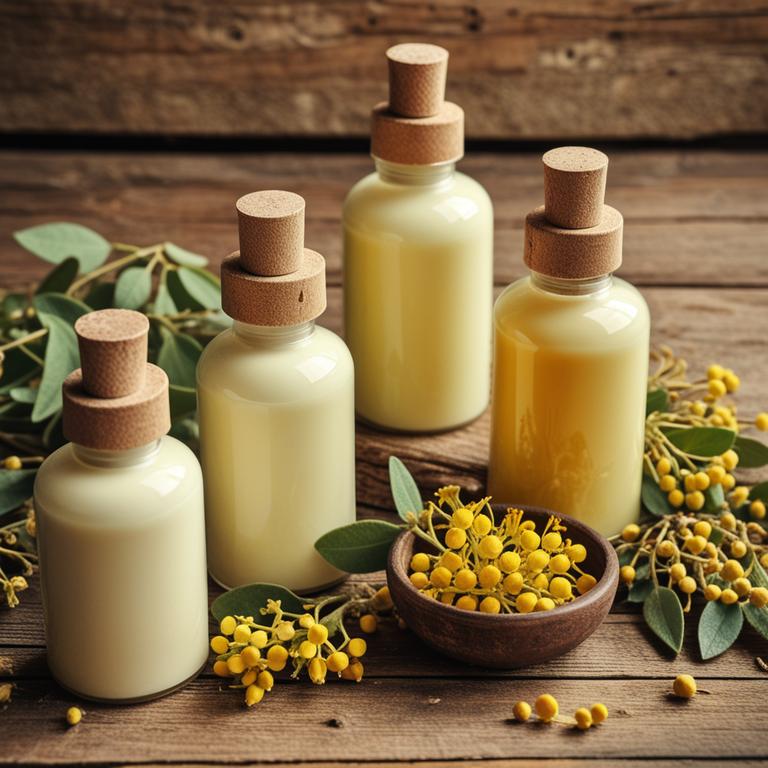
Hypericum perforatum, commonly known as St. John's wort, is a herbal plant that has been traditionally used for its potential anti-inflammatory and soothing properties.
Herbal lotions made from Hypericum perforatum are often applied topically to treat various skin conditions, including rashes, due to their ability to reduce redness and irritation. These lotions may contain extracts or oils derived from the plant's leaves and flowers, which are believed to have mild antiseptic and healing qualities. While some individuals may find relief from using Hypericum perforatum lotions for rashes, it is important to consult a healthcare professional before use, especially if the rash is severe or persistent.
As with any herbal remedy, potential allergic reactions or interactions with other medications should be considered.
4. Chamomilla recutita
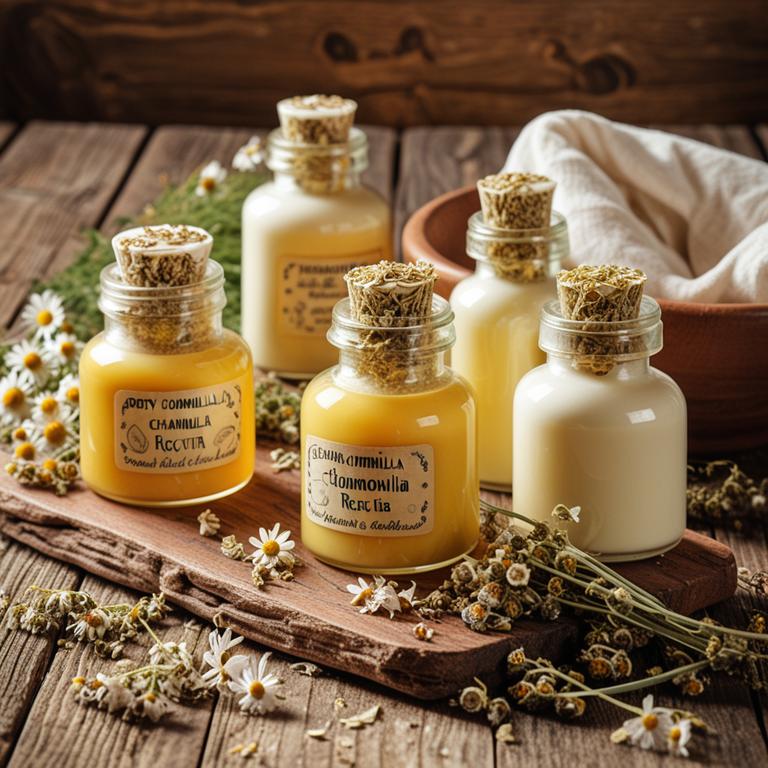
Chamomilla recutita, commonly known as German chamomile, is widely used in herbal lotions for its soothing and anti-inflammatory properties.
These lotions are particularly effective for treating rashes, as they help reduce redness, itching, and irritation caused by skin sensitivities or minor irritations. The active compounds in chamomile, such as bisabolol and chamazulene, have been shown to calm inflamed skin and promote healing. When applied topically, chamomilla recutita lotions provide a gentle, natural remedy that is suitable for sensitive skin.
They are often recommended as a safe alternative to synthetic treatments, especially for infants and individuals with eczema or other skin conditions.
5. Urtica dioica
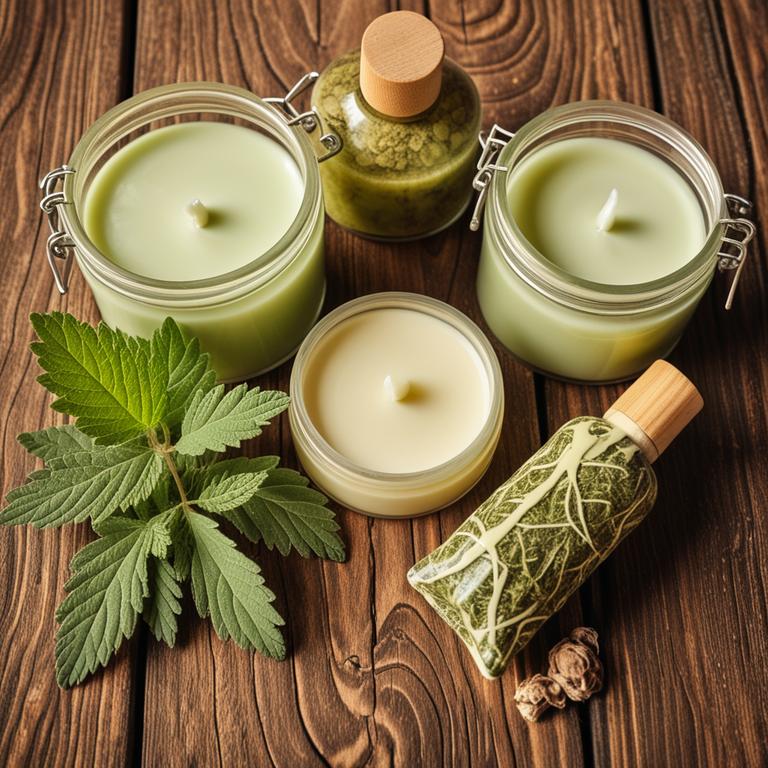
Urtica dioica, commonly known as stinging nettle, is a plant that has been traditionally used for its medicinal properties, including the preparation of herbal lotions for rashes.
These lotions are often made by infusing dried nettle leaves in water or oil, creating a soothing topical treatment. The anti-inflammatory and antihistaminic properties of stinging nettle can help reduce redness, itching, and irritation associated with skin rashes. When applied externally, the lotion may provide relief by calming the skin and promoting healing.
However, it is important to perform a patch test before using nettle-based products to avoid potential allergic reactions.
6. Lavandula angustifolia
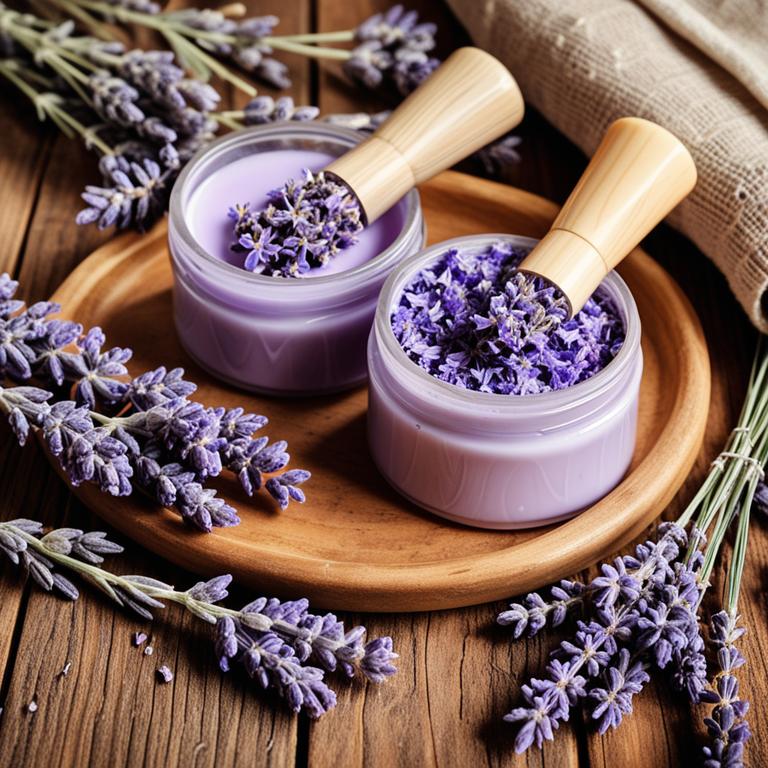
Lavandula angustifolia, commonly known as English lavender, is widely used in herbal lotions for its soothing and anti-inflammatory properties.
These lotions are particularly effective for treating rashes, as they help to reduce redness, itching, and irritation. The calming aroma of lavender also provides a relaxing effect, which can aid in overall skin comfort. Lavender essential oil, often infused into the lotion, has natural antiseptic qualities that promote healing and prevent infection.
When applied topically, lavender herbal lotions offer a gentle, natural remedy for various types of skin rashes, making them a popular choice in holistic skincare.
7. Matricaria chamomilla
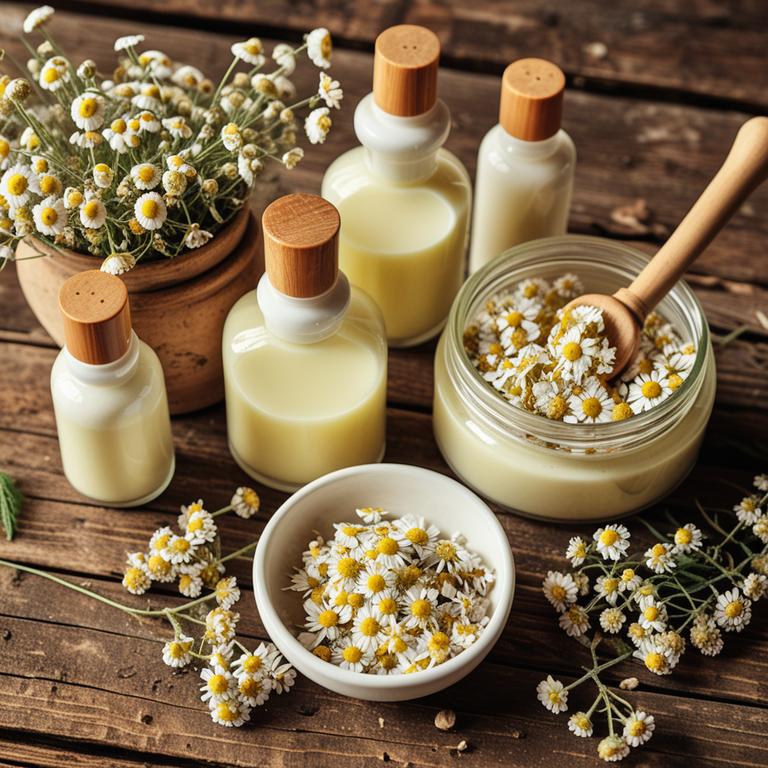
Matricaria chamomilla, commonly known as German chamomile, is a popular herbal ingredient used in the formulation of soothing lotions for rashes.
These lotions are valued for their anti-inflammatory and antiseptic properties, which help to reduce redness, irritation, and itching associated with skin conditions. Chamomile contains compounds like bisabolol and chamazulene that promote skin healing and provide a calming effect. When applied topically, chamomilla herbal lotions can offer relief from mild to moderate rashes, such as those caused by eczema, insect bites, or diaper rash.
For best results, it is recommended to use these lotions as part of a gentle skincare routine and consult a healthcare provider for persistent or severe skin issues.
8. Symphytum officinale
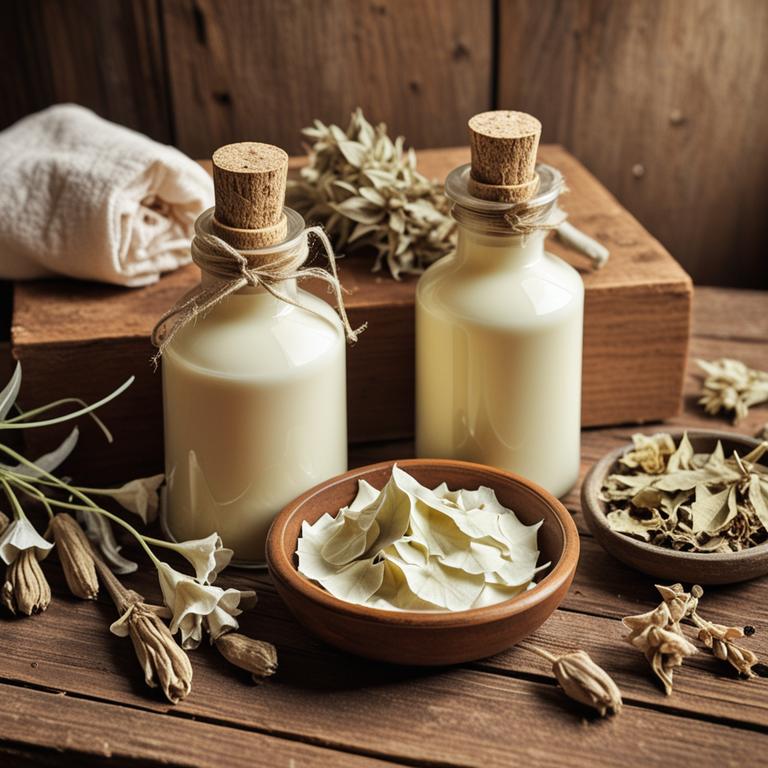
Symphytum officinale, commonly known as comfrey, is a traditional herbal plant often used in the formulation of herbal lotions for treating rashes.
These lotions are valued for their anti-inflammatory and skin-soothing properties, which can help reduce redness, irritation, and discomfort associated with various types of rashes. The active compounds in comfrey, such as allantoin and mucilage, promote skin healing and tissue regeneration, making it a popular choice in natural skincare remedies. However, it is important to use comfrey-based lotions with caution, as prolonged topical application may lead to liver toxicity in some individuals.
As with any herbal treatment, it is advisable to consult a healthcare professional before use, especially for sensitive or chronic skin conditions.
9. Zingiber officinale
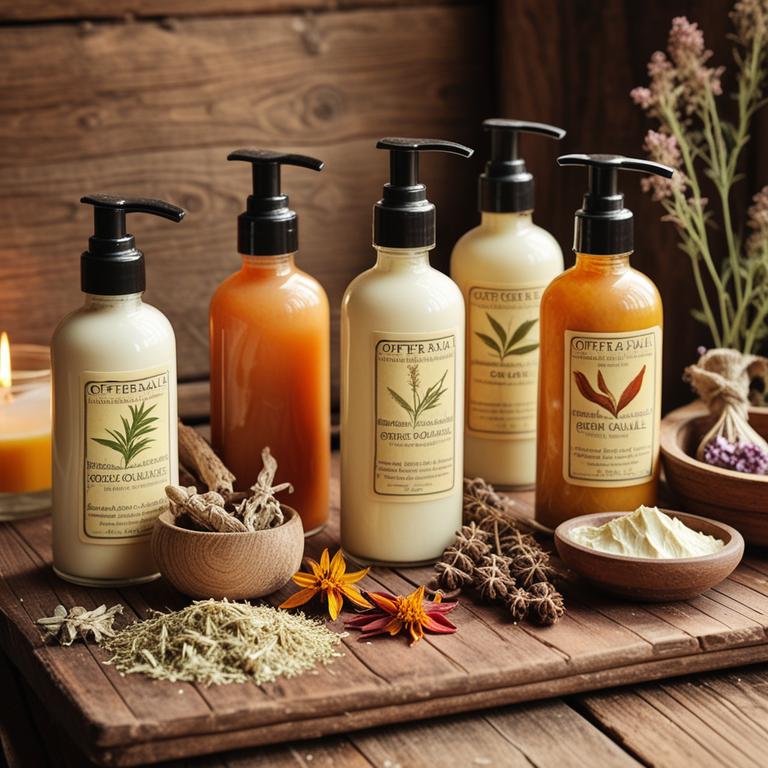
Zingiber officinale, commonly known as ginger, is often incorporated into herbal lotions for its anti-inflammatory and soothing properties, making it a popular choice for treating rashes.
These lotions typically combine ginger extract with other natural ingredients like aloe vera or calendula to enhance their healing effects. The warming sensation provided by ginger can help improve circulation and reduce itching associated with skin irritations. When applied topically, zingiber officinale herbal lotions may help alleviate redness, swelling, and discomfort caused by various types of rashes.
However, it is important to perform a patch test before use, as some individuals may experience an allergic reaction to ginger or other components in the formulation.
10. Equisetum arvense
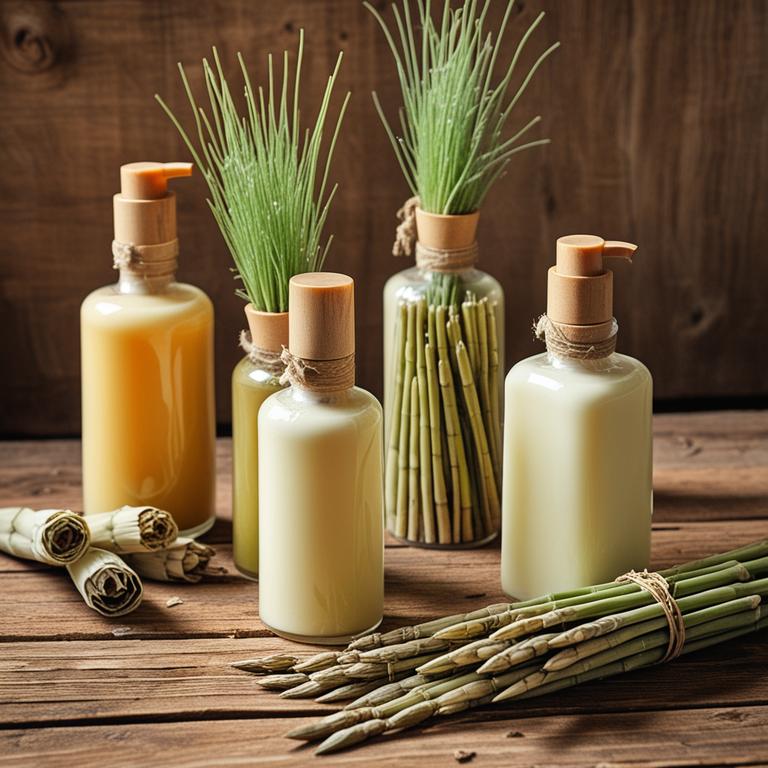
Equisetum arvense, commonly known as horsetail, is a traditional herbal remedy that has been used for centuries to create soothing lotions for rashes.
The plant is rich in silica, which helps to strengthen skin tissues and promote healing. When infused into a lotion, horsetail can provide a cooling effect, reducing inflammation and itching associated with rashes. Its astringent properties also help to tighten the skin and prevent further irritation.
Many natural skincare enthusiasts prefer equisetum arvense herbal lotions for their gentle yet effective approach to rash relief without harsh chemicals.